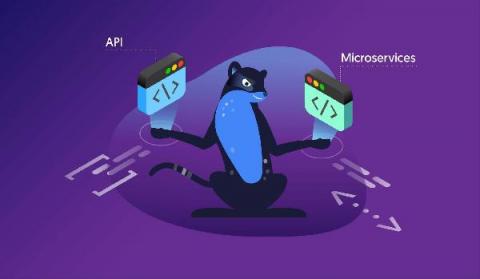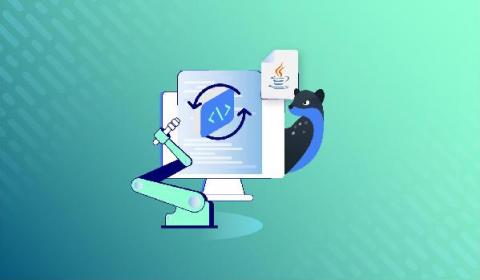Getting Started with Spring Boot Actuator
Any production application needs to be monitored for its uptime. Let’s say you’ve developed a stock market statistics application, for example, using Spring Boot for your client. This application has to be up all the time while the stock market is open. If it’s down at a crucial time, it could mean huge losses for relevant stakeholders.











